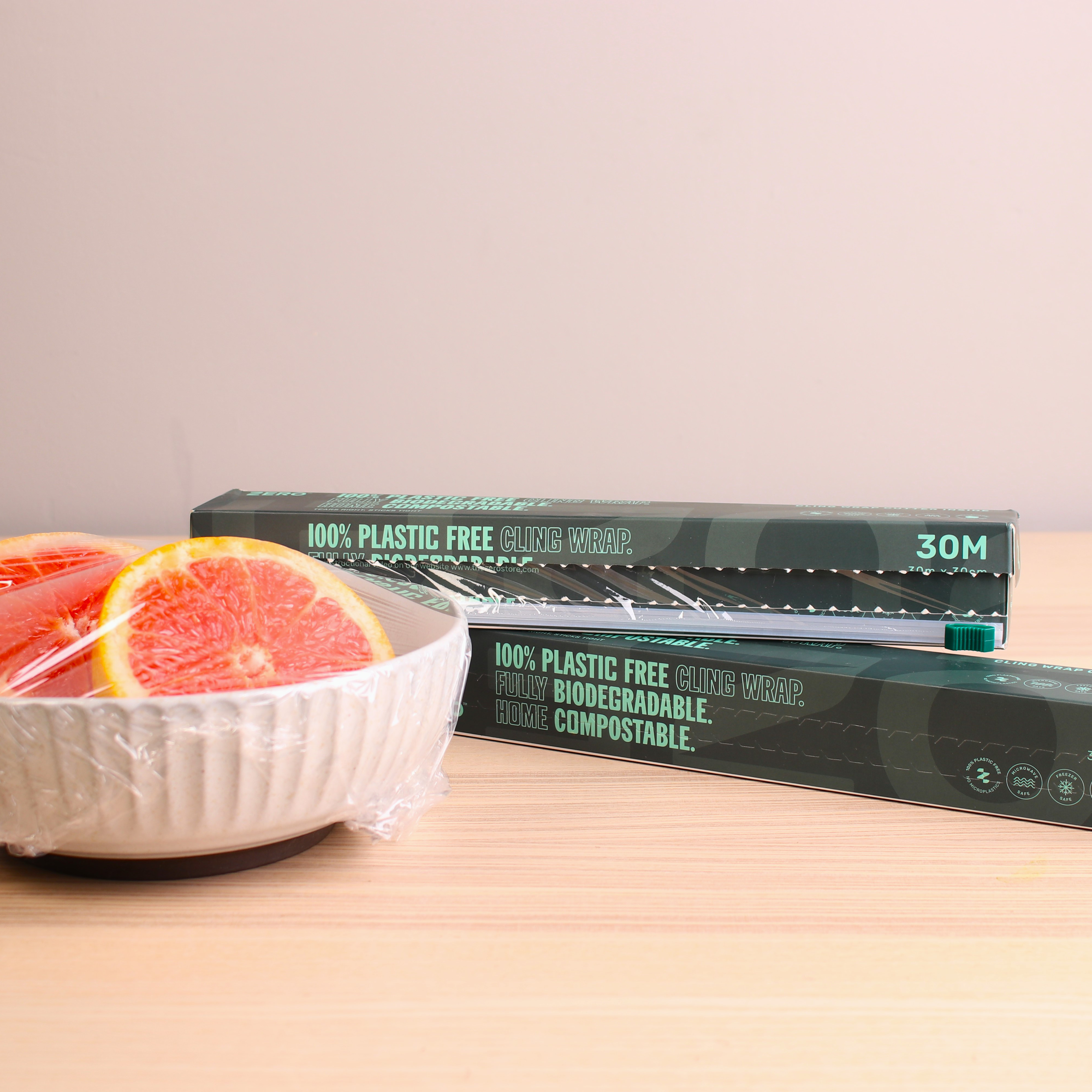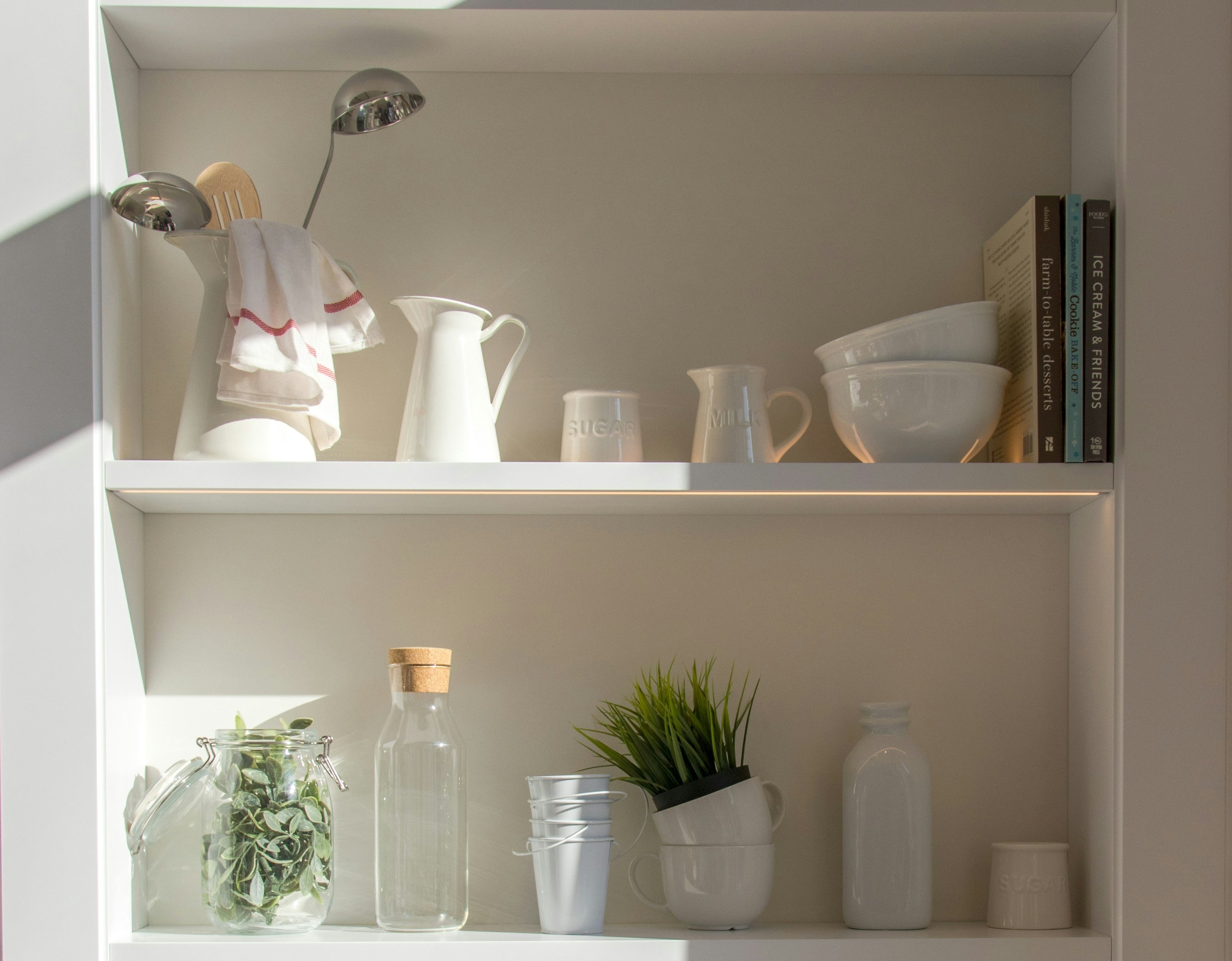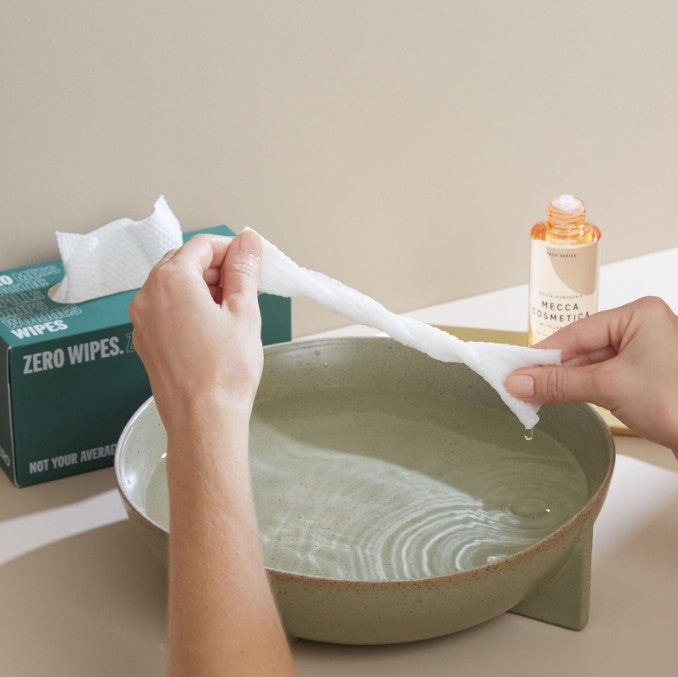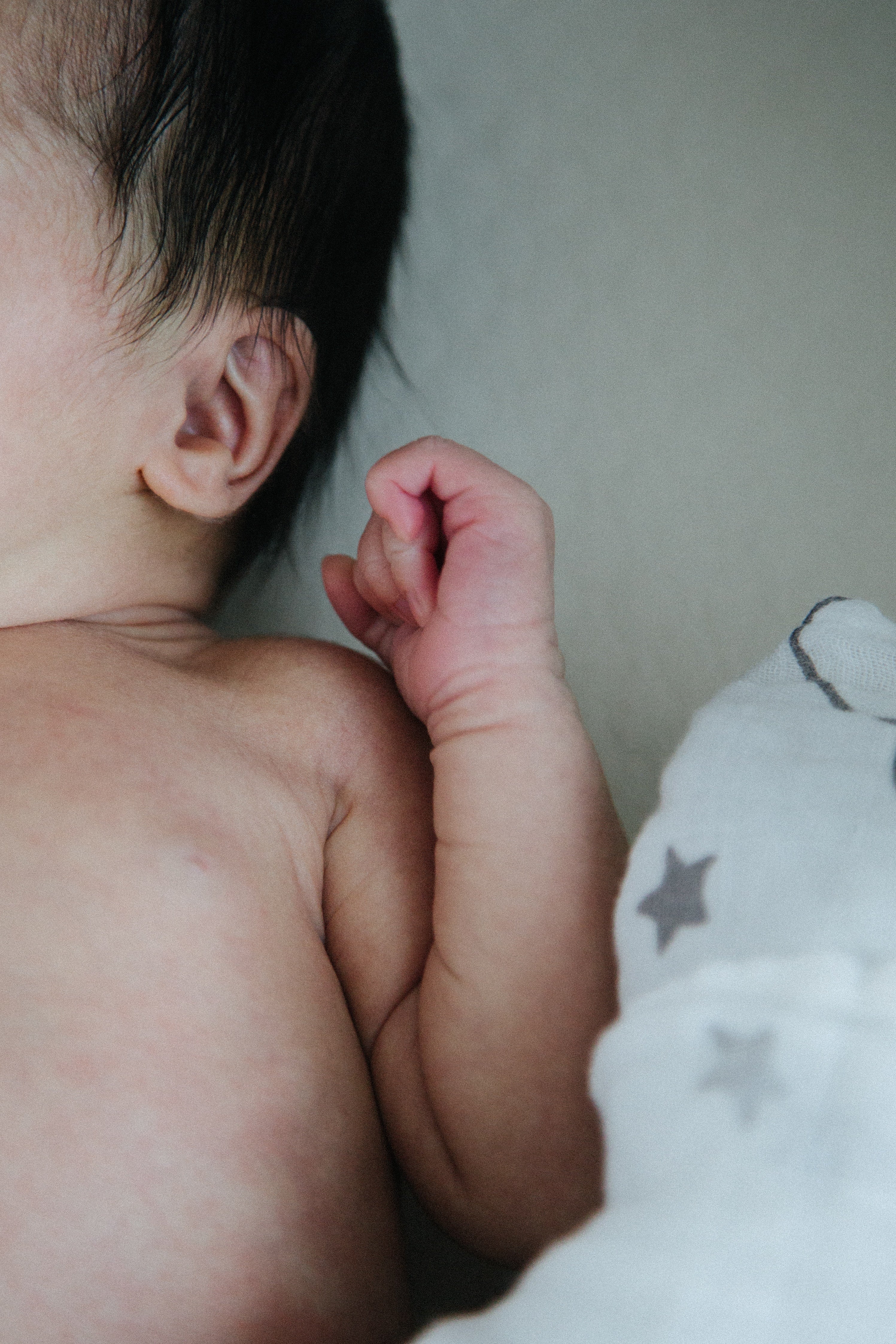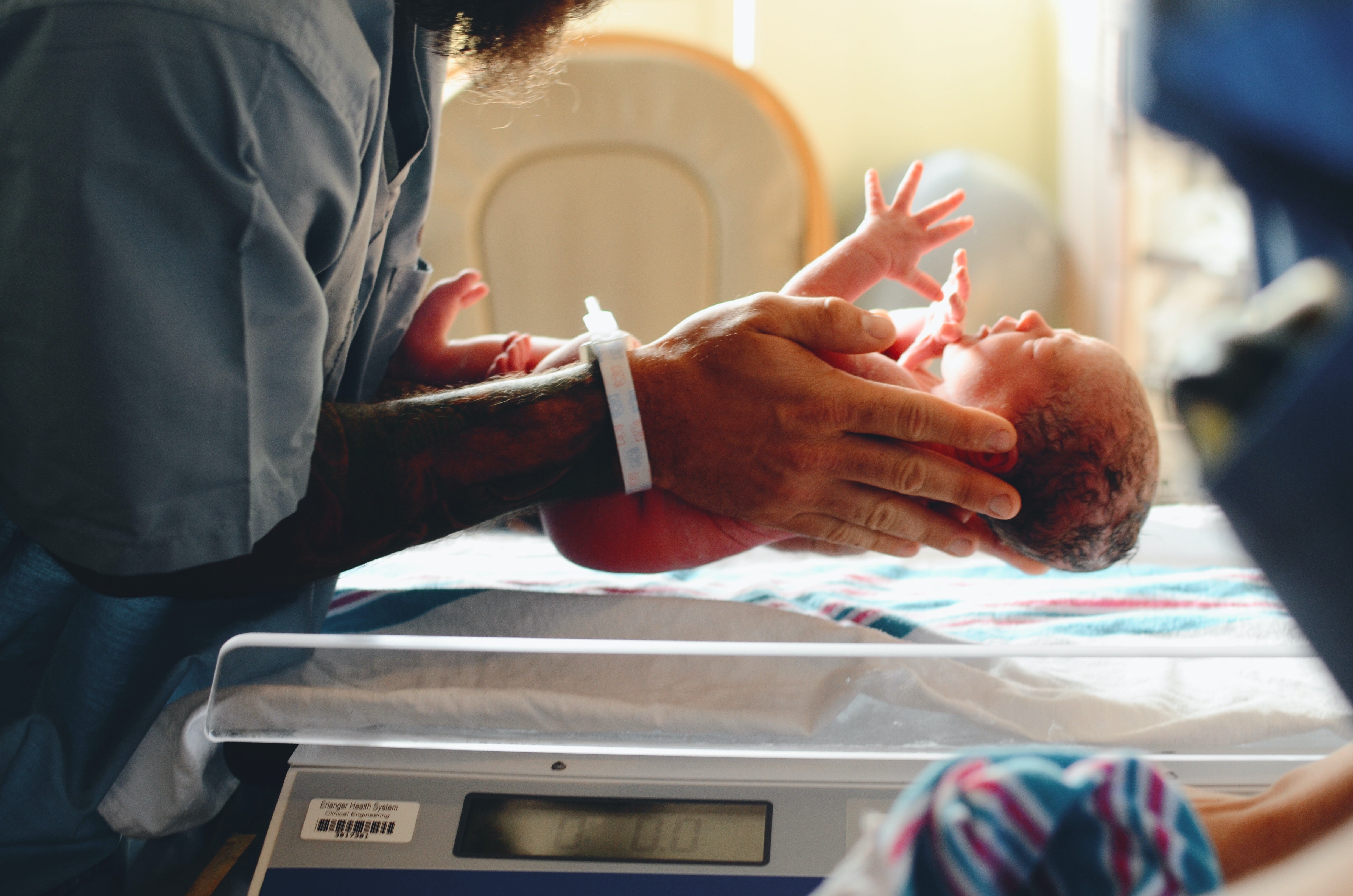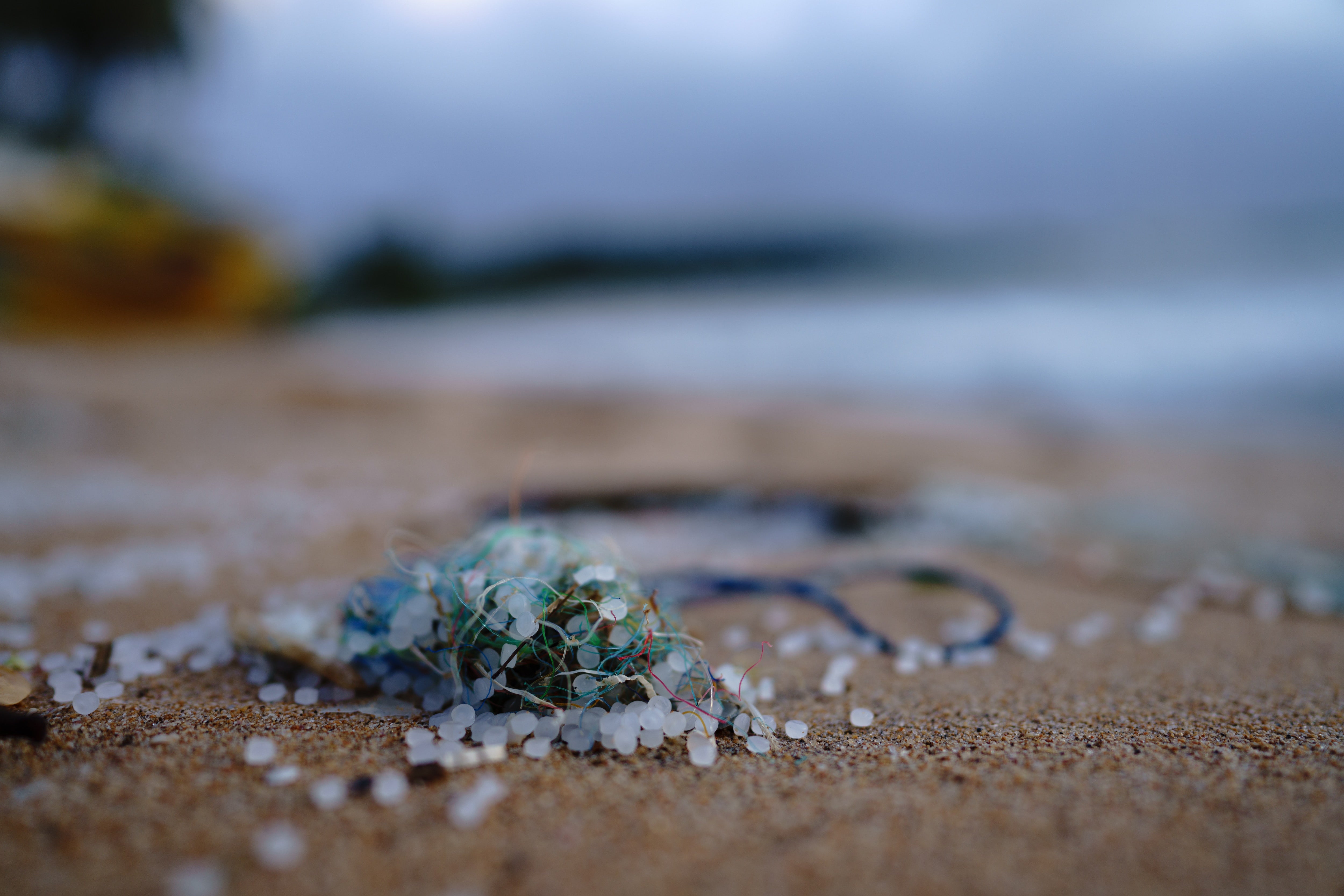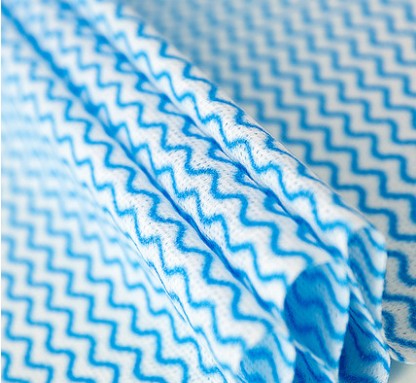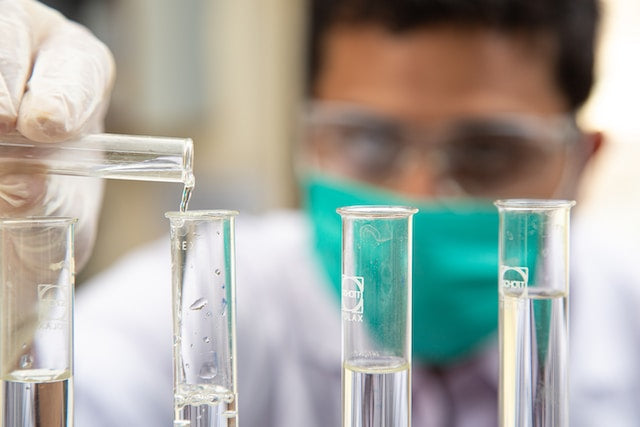When innovating the film's material, we needed the formula to be strong and clingy, unlike many other plant based wraps out there.Plant based materials respond slightly differently than plastic. When we tested our film with a standard aluminum blade that...
10 Hidden Sources of Microplastics in Your Home
Microplastics are tiny particles of plastic that measure less than 5 millimeters in length. These particles are found almost everywhere, from oceans and waterways to food and air. They are known to harm our health and the environment. Unfortunately, microplastics...
Tips for buying makeup remover wipes
Removing makeup after a long day can be a real hassle, but luckily, there's a quick and easy solution: face makeup remover wipes. They're a convenient alternative to traditional makeup removers that require cotton pads or towels and can leave...
Can I use baby wipes to remove makeup?
As a makeup enthusiast, you might be familiar with the struggle of removing makeup at the end of the day. While there are many makeup removers available in the market, they often contain harsh chemicals that can cause skin irritation,...
How to Shop for Plastic-Free Baby Wipes
Wipes are a commonly used product for daily hygiene and cleaning needs. However, they have been found to contain plastic which harms the environment. The small particles that result from the breakdown of plastic, known as microplastics, often end up...
Organic Gift Guide for New Moms and Newborns
Welcoming a new addition to the family is a celebration quite like no other! Whether it be a friend or family member bringing this bundle of joy to the world; it is often hard to find a gift that sums...
Microplastics in the Home: How Polyester Cleaning Cloths Shed Microplastics
To keep our houses spick and span, many of us turn to clean cloths or rags to lend a hand. Whilst these clothes are useful and easy to keep around the home the unfortunate truth is that the majority of...
At ZERO, environmental consciousness and sustainability are at the forefront of our brand values. We strive to make responsible choices and create products that align with our values. Unfortunately, not every brand can say the same… One common household cleaning...
Hidden Chemicals in Baby Wipes: What Parents Should Know
Nasty chemicals are more common than you think in baby wipes... Wet wipes are a convenient and popular way to keep ourselves and our surroundings clean. They are used for everything from cleaning our faces to wiping down surfaces, but...
